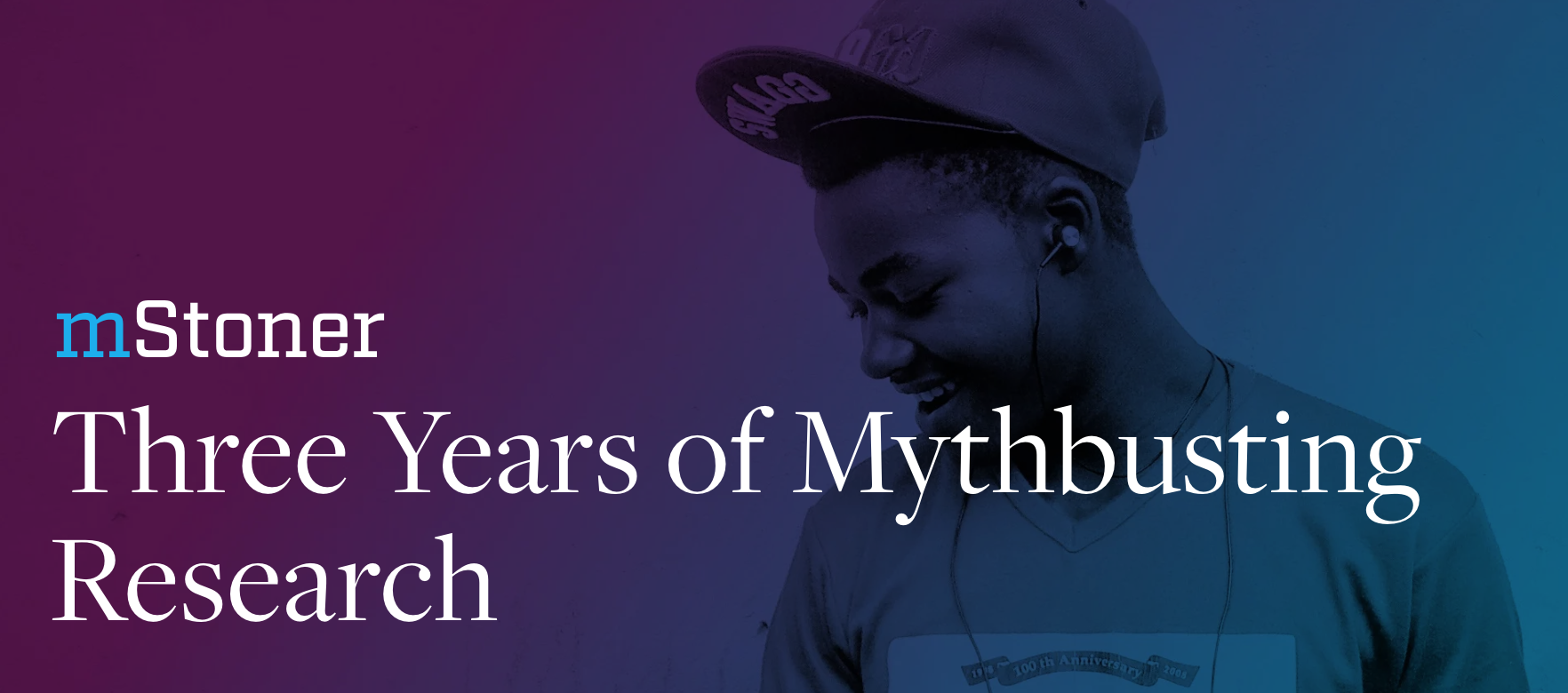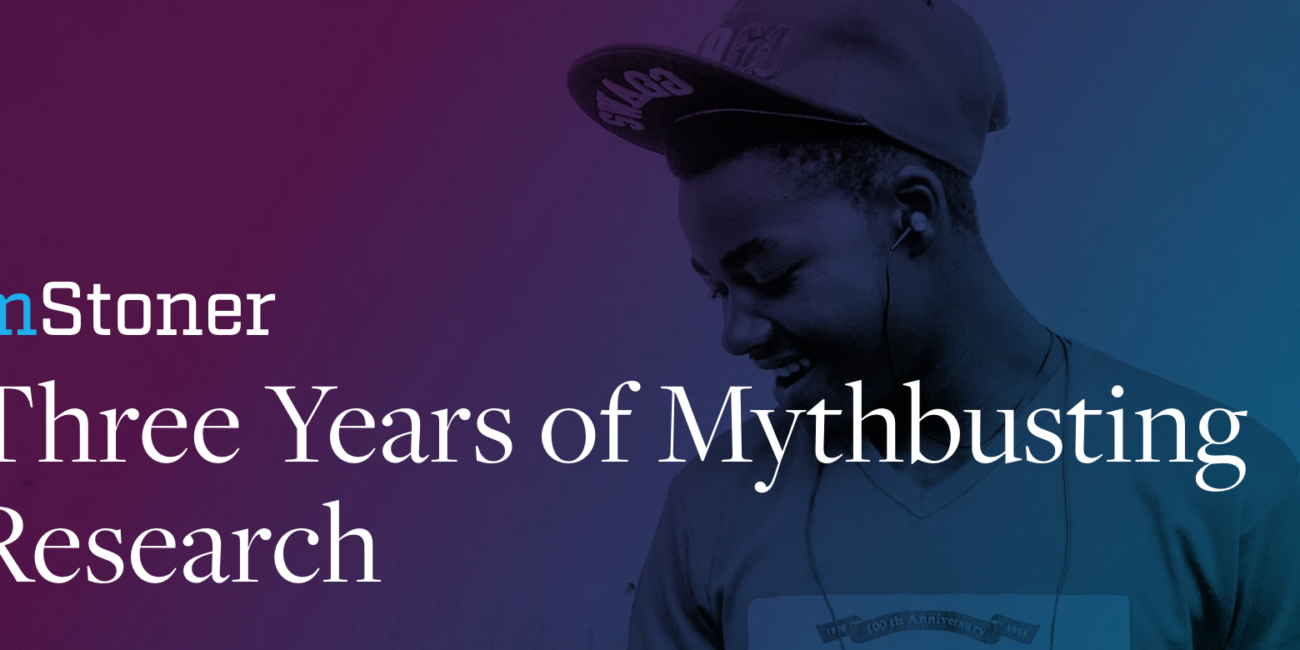
Nearly all of mStoner’s consulting engagements begin with developing an experience map focusing on a challenge a client is facing. Not surprisingly, many institutions want to explore the experiences prospective students have in exploring a college and choosing to apply — and then following through with accepting an offer of admission and enrolling.
There are a lot of benefits to experience mapping, but one of the most important is that participants are encouraged to investigate what prospective students are thinking and feeling as they begin to explore a particular institution and as their exploration deepens.
This provides a foundation for production of a website that can function effectively as the hub of communication with prospective students — and a content strategy that, at its best, facilitates an ongoing stream of communication with those prospects based on where they are in their college search and choice process. That communication needs to take into account online and offline channels since both are important at various points in college search and choice.
Over the last few years we’ve conducted enrollment marketing research with Chegg and NRCCUA(™). You can download our three white papers — Mythbusting Admissions, Mythbusting Websites, and Mythbusting Enrollment Marketing — for free.
In these studies, we explored topics such as how and when teens were interested in receiving texts from colleges, how they wanted to interact on social media, what they liked (and didn’t like) about higher ed websites, and what channels were most effective for communicating with them. Then, we asked college marketers, enrollment managers, web developers and communications professionals the same questions we asked teens.
The findings from these studies provide great insight to help you build or refine your prospective student experience map. Here are five of the most interesting findings from this research:
1. Texting
Teens are open to be texted by colleges: 56% said that receiving a text would positively impact their view of the college, yet 82% have never received a text from a college. But, if you are going to text teen prospects, be sure you have their permission and don’t spam them! They want useful information: reminders about application deadlines, upcoming events, financial aid deadlines, and other timely notifications. For more, see a post I wrote for Inside Higher Ed. Remember that if your texts help them, you’ll earn their gratitude.
2. Social Media
We’ve all heard about how teens love social media and how it keeps them glued to their smartphone screens. They primarily use social media and smartphone apps to communicate with friends, but they also use official social media during their college exploration. Why? Because it helps them get a feel for what your institution is like. Reminding them that your institution is active on social channels by pulling these feeds into your website is important (as Wheaton College does, for example). And while they’ll explore your social feeds, they aren’t likely to interact with you there.
3. Video
Teens are huge consumers of online videos in their personal lives. But they prefer text, articles, and photos on college websites. (In contrast, more than three-quarters of campus professionals think teens want video content on .edu websites.) We believe this means that, like adults, they want to scan a page first to see if the content answers their questions, which is easier to do with text. Then, if they’re interested, they’ll engage more deeply.
4. Virtual Tours/Campus Maps
Teens use virtual tours when exploring a college, but even more told us that they looked at a campus map. A quick glance at a map will tell them how close they are to the nearest Starbucks or help them find the relative distance from residence halls to classrooms. See an example from Texas Women’s University.
5. Email
Teens rate contact by email more highly than any other channel, when they are both researching and deciding about colleges. And though teens reputedly use their phones for everything except phone calls, 50% said they’d welcome a phone call from a college while they were making a decision about which institution to attend.
While teens are certainly digital-savvy and love their phones, they’re sometimes surprisingly traditional in their tastes. I’d say, our overall findings confirm one of the conclusions from “Generation Z Goes to College” by Corey Seemiller and Meghan Grace: “Although [Generation Z] can communicate through technology at any time, they still prefer face-to-face communications. They, like other generations before them, crave authentic connection with others.”
That connection may occur in different “places” at different times, from Instagram comments to an on-campus conversation with someone from the admissions office, and that’s why so many institutions find an experience map to be such a strong foundation for communications with prospective students.
mStoner’s content strategist recently presented a webinar on how to use experience maps to improve your digital engagement with prospective students. That session and additional resources, including a free starter experience map, are available for you to download now.
*Special thanks to Michael Stoner for guest-writing this blog post. Michael is president and co-founder of mStoner, Inc. — a digital-first marketing firm serving education institutions. mStoner is a Silver sponsor of the 2018 TargetX Summit.
